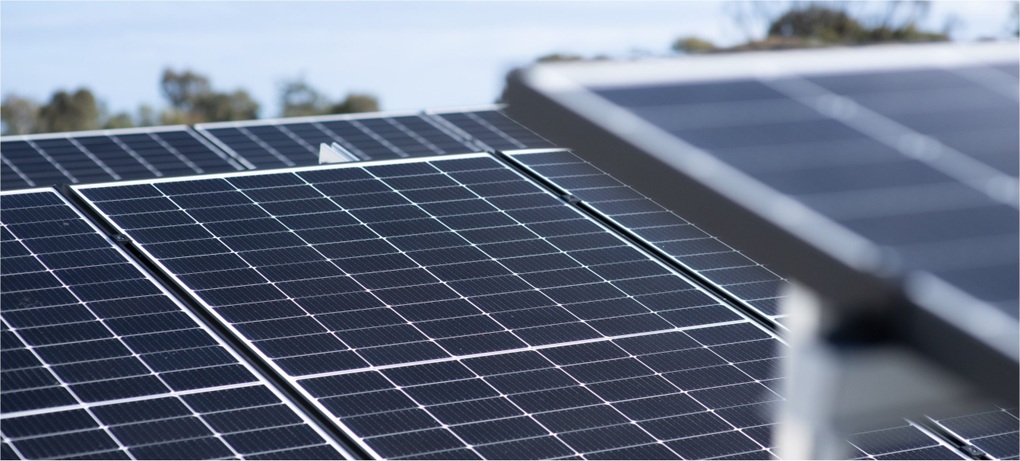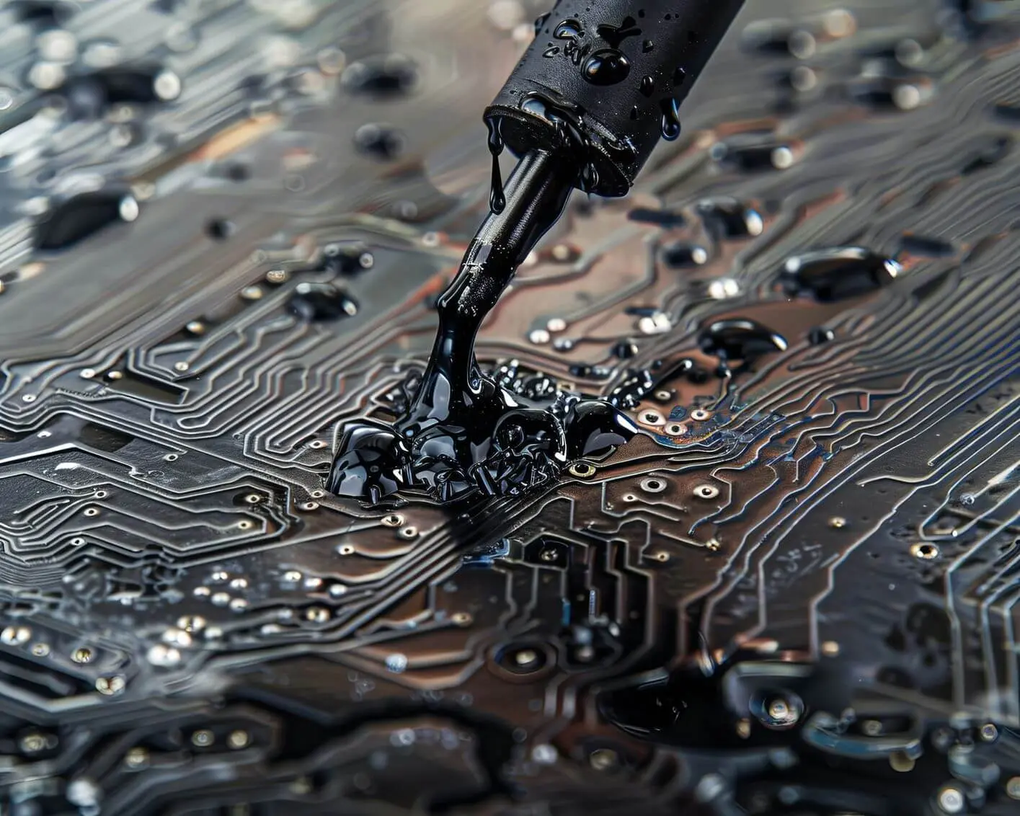Recently, the US Department of the Interior released a draft list of critical minerals for 2025, along with a report introducing a new model to assess the impact of supply chain disruptions on the US economy.
In the draft 2025 list, which includes 54 mineral commodities, most of which were included based on the results of economic impact assessments, potash, silicon, copper, silver, rhenium and lead were recommended for inclusion.
According to the Vietnam Commodity Exchange (MXV), silver attracted attention when it surpassed the 42 USD/ounce mark for the first time since 2010.
As the world shifts rapidly towards renewable energy and green technology, silver is increasingly becoming the focus of attention not only in terms of investment but also in terms of practical applications.
With its outstanding electrical and thermal conductivity, this precious metal is being widely used in many fields, from the production of solar cells, electric vehicles, electronic devices to smart grid infrastructure.
“Catalyst” of the electric vehicle industry
In the journey towards green transportation, silver is considered one of the indispensable materials for operating electric cars. With the best electrical and thermal conductivity of all metals, silver plays an important role in many components.

Silver's electrical and thermal conductivity makes it an ideal material for batteries in the automotive industry (Photo: Getty Images).
According to the Silver Institute, the average electric car today uses 25-50 grams of silver, significantly more than a hybrid or traditional car.
This is because electric cars require more electronic components, which means demand for silver is growing rapidly.
The application of silver does not stop at the battery system and electrical circuit. Some manufacturers such as Volkswagen and Hyundai also cover the windshield with a thin layer of silver, which helps reflect heat, keeps the temperature inside the car stable and supports quick defrosting in winter.
These improvements not only enhance user comfort but also contribute to ensuring operational safety.
As global electric vehicle sales are expected to exceed 17 million units by 2025, silver demand from the auto industry could hit 90 million ounces per year, according to Investing News Network.
Applications in solar energy
On each solar panel, the amount of silver used is about 15-20 grams (about 0.643 ounces) per panel.
Silver source is applied in the form of silver paste, printed on the surface of photovoltaic cells to create conductive paths, collect and conduct electricity from sunlight effectively.

Silver is an important ingredient in photovoltaic cells, devices that convert solar energy into electricity.
From efficient sunlight harvesting to energy-saving LED lighting, silver is not only a precious metal but also a strategic raw material, supporting the shift to environmentally friendly technologies, an essential element in the journey towards sustainable green development.
The “blood vessels” of smart electronic devices
Silver conductive inks are widely used in consumer electronics, touch screens, RFID tags, thin-film solar cells, and medical sensors.
This is a special ink containing silver nanoparticles, which can conduct electricity when printed on many different types of surfaces such as plastic, glass, ceramic, paper or fabric.

In the field of conductive inks, silver still plays an almost absolute role thanks to its superior conductivity compared to other materials such as copper or carbon (Photo: Goldavenue).
According to Mordor Intelligence report (2024), silver accounts for 77.86% of the global conductive ink market share, becoming an irreplaceable material in many key applications.
Source: https://dantri.com.vn/khoa-hoc/kim-loai-bac-tu-tai-san-tich-tru-den-nguyen-lieu-chien-luoc-20250911115522882.htm




![[Photo] Prime Minister Pham Minh Chinh receives IMF Deputy Managing Director Kenji Okamura](https://vphoto.vietnam.vn/thumb/1200x675/vietnam/resource/IMAGE/2025/9/18/bc66071867d8445288972497f498990c)

![[Photo] National Assembly Chairman Tran Thanh Man attends the first plenary session of AIPA-46](https://vphoto.vietnam.vn/thumb/1200x675/vietnam/resource/IMAGE/2025/9/18/4593de8b5fb349d7a3da4b5de7faccf6)
















![[Video] Trick of impersonating delivery staff](https://vphoto.vietnam.vn/thumb/402x226/vietnam/resource/IMAGE/2025/9/18/33c71a338561494a9afe91ae23487045)















![[Photo] National Assembly Chairman Tran Thanh Man begins attending AIPA-46 activities](https://vphoto.vietnam.vn/thumb/1200x675/vietnam/resource/IMAGE/2025/9/18/73487ff8ed57412eab9211273946c14d)

![[Photo] Inside the Imperial Academy relic of Hue Citadel before the hundred billion dollar restoration](https://vphoto.vietnam.vn/thumb/1200x675/vietnam/resource/IMAGE/2025/9/18/77fd186af68341b1a8bffd072fa896a6)






























































Comment (0)